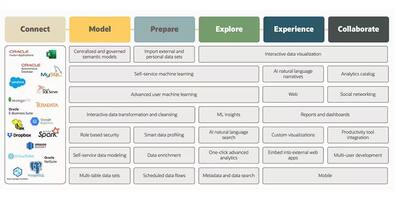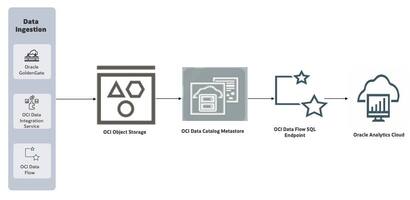
"Who cares if you're cloud first," says Rob Lloyd, CIO for the City of San José in California. "Many people talk about technology in the context of 'new is better,' but the need is to target the technologies that help, with outcomes that matter."
And Lloyd would know. San José, Silicon Valley's civic and commercial hub, benefits from a 311 system built using Oracle Service and Oracle Integration and Migration. But it's the capabilities the tool enables that really matter to the citizens of San José: transformation of service delivery, constituent services that are more accessible and equitable, and a data-driven approach to service improvement and policy. In a community of people who speak every major language in the world, the system even has a language translation service that allows residents to communicate in their own language when connecting with an English-speaking agent on the phone, through a mobile app, or through chat functionality. And San José is doubling down on innovation with significant new investments into 311 services over the next two years.
A more constituent-friendly 311 service is just one way that San José is working toward the United Nation's Sustainable Development Goals (SDGs), a set of 17 goals aimed at reducing poverty, protecting natural resources, fostering work and economic growth, advancing peace, and revitalizing global partnerships. In a recent research study conducted by ESI ThoughtLab, 74% of advanced economies and 50% of emerging economies said they were making progress towards SDGs. Worldwide, cities are making the most progress on goals related to people and prosperity-reducing poverty, increasing availability of decent work and economic growth, and improving the quality of education.
The ESI ThoughtLab researchers placed cities into three categories: sprinters, which are progressing in most of the United Nation's goals; advancers, which are beginning to make progress on SDGs; and implementers, which are starting to include SDGs in their plans. One surprise for researchers-sprinters weren't necessarily smart cities, which are cities that are using digital technologies and data to advance their goals. "Being smart doesn't mean you're going to be a sprinter," says ESI ThoughtLab Founder and CEO Lou Celi. "And being a sprinter doesn't mean that you're smart, but there is a good correlation. There are cities that do both very well, and our hypothesis is that those are the cities of the future."
The SDGs are a useful framework, and technology is a helpful enabler, but there's a first step that city leaders need to take. "Define the initiatives that are top priority for your particular city," says Keith Rajecki, vice president of Oracle's solutions for the global public sector, education, and research industries. "Then put the organization and the policies and the budget in place to address those prioritized initiatives."




